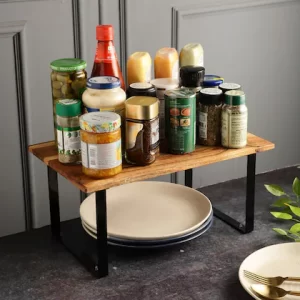
Soft and Warm Underfoot
Carpet’s soft surface provides comforting warmth underfoot for bedrooms, children’s rooms and certain family and living areas. Furthermore, carpet mutes sound and reduces echos; when combined with quality bonded polyurethane padding it acts as an insulator and provides insulation from sound pollution.
One downside of carpet tiles is their propensity to fray over time, however moving furniture frequently can help mitigate this and ensure even wear across the floor surface.
Comfort
Carpets provide soft and comfortable underfoot comfort, making them an ideal flooring choice for bedrooms, living rooms and other areas that prioritize comfort. Woven or tufted to form an ergonomic surface, carpets can also be installed over various subfloors to provide additional insulation benefits.
Carpeting your home can be one of the best ways to enhance its comfort as an overall solution. Its soft surface creates a cozy environment while helping muffle sound waves.
Carpets also improve air quality in homes by trapping dust particles and contaminants that enter. Regular vacuuming will keep dust under control and maintain its beauty – you’ll enjoy years of comfort and style from your carpet with proper care and maintenance! For more information about the benefits of carpet, reach out to a flooring store nearby; Sandie Kerr of Carpet Comfort Center has been serving Northeast Colorado homeowners since 1995!
Insulation
Carpet is an extremely resilient floor material that requires minimal care to keep looking its best. Many carpet mills now produce fibres with exceptional stain and wear resistance as well as hypoallergenic or eco-friendly qualities – providing convenient maintenance solutions.
Carpet is an effective sound insulator on stairs and in rooms, acting to dampen sound waves instead of reflecting them back outwards like wood flooring does. Thickness and type of padding used with your carpet can have an impactful impact on how well it insulates.
Carpet’s soft texture makes it an excellent flooring option, particularly for children and elderly people. However, Esther Kane from Senior Safety Advice warns against selecting plush or worn carpet because this poses a slip risk – keep this in mind when choosing carpets, and use rugs to protect the floors and reduce tracking and spillage.
Durability
Carpets add a luxurious and soft feeling to a room, yet require regular care in order to remain hygienic and looking their best. Dirt, spills, snags and pet accidents can damage carpet flooring and reduce its aesthetic quality; keeping carpets clean and protected from direct sunlight can significantly extend their lifespan and ensure their beauty lasts as long as possible.
The type of fiber in a carpet plays an integral role in its durability. Wool carpeting is known for being more resilient against staining than synthetics; however, its expense makes it unattractive as a choice. Nylon has proven resistant to fade-and-wear damage as well as mold/mildew growth – polyester and triexta are other synthetic choices available as options.
Other factors influencing durability include style, face weight and twist level. A higher face weight (representing density of fibers only) indicates greater carpet durability while lower twist levels could cause it to unravel.
Appearance
Carpets offer soft comfort underfoot while adding warmth to rooms. Available in various colors and textures to fit any design theme, carpets can make any space more cozy.
Research confirms the benefits of carpet flooring on indoor air quality when properly maintained. Vacuuming regularly and promptly addressing spills or spots before they stain are two great ways to keep your carpet looking like new, while throw rugs can protect bare spots that get direct sunlight, helping prevent its gradual fade over time.
Always follow product directions when cleaning up spills on your carpet to protect its fibers from further damage. Blotting instead of rubbing should help contain spills or stains from spreading further and make sure not to soak your carpet, as excess water may lead to mold and mildew growth. Use clean white cloths regularly until all traces of stain removal have been cleared away.



Average Rating